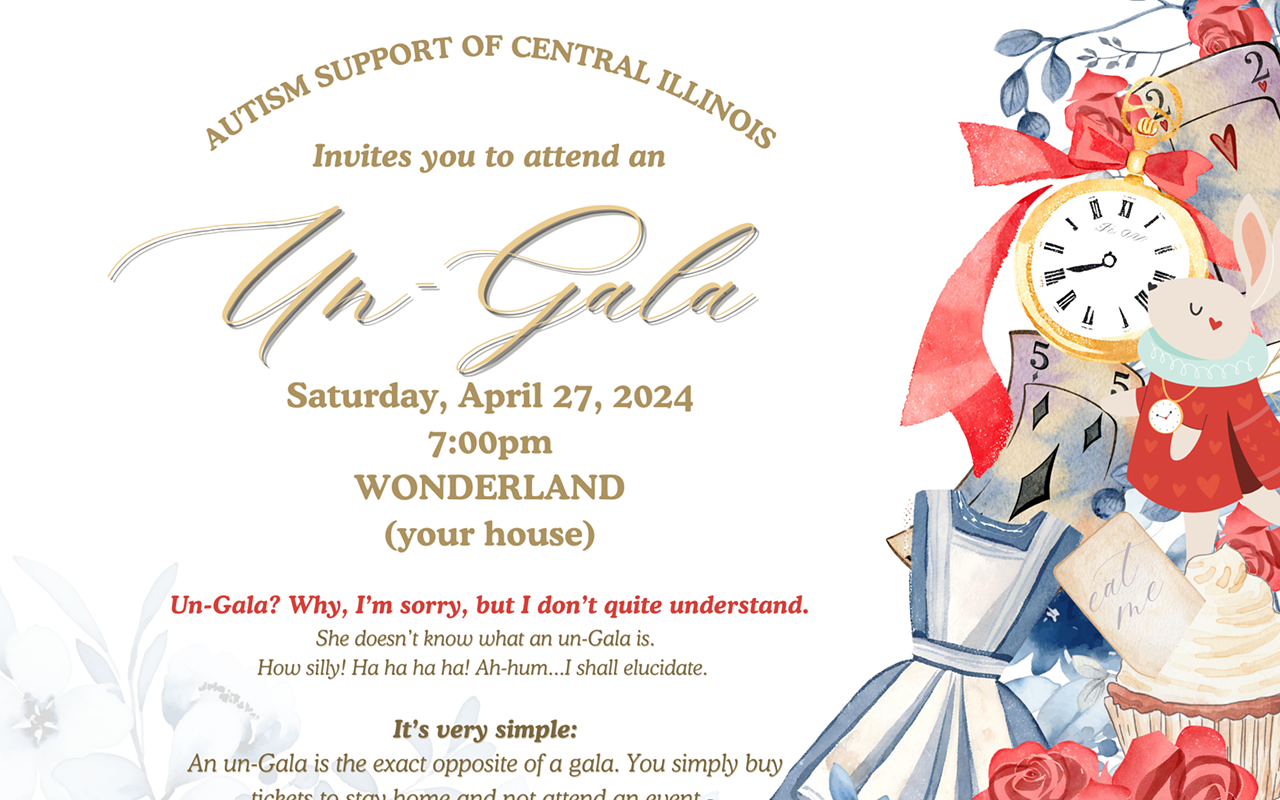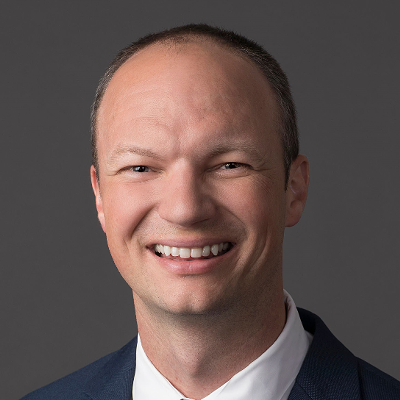Part commemoration, part reenactment and part revival, the Billy Sunday 1909 Celebration: "Six Weeks that Saved the Soul of Springfield" (A Trilogy, Part 1) blew through the capital city like a Pentecostal whirlwind May 28, inspiring and energizing a faithful crowd of about 300 at the Bank of Springfield (BOS) Center.
Sponsored by the Ministerial Alliance of Springfield and Vicinity and Business Men in Christ fellowship, the approximately two-hour program began with a Church Unity Choir singalong powered by a three-piece combo of seasoned praise-jammers directed by C.C. and L.T. Doss, who reminded the audience midway through an extended praise that "this is NOT a concert; this is WORSHIP," which contradicted nothing on the program. Indeed, the energy of the fellowship was fanned in the wings by banner-waving acolytes (one octogenarian in a bright red sleeveless dress, supporting herself with a cane, waved an eight-foot "Jesus" pennant throughout much of the program).
The congregation was further inflamed by impassioned preaching from Pastor Dion Crites, and a "church story" from Pastor Lesa Doss-Branham, who took the program to the next level, adding her own Pentecostal spirit to the afternoon's activities.
Then came a bit of history – from local Christian business leader Kevin Slot: Billy Ashley Sunday, a former professional baseball player whose personal altar call led him to a career as an evangelist, first in Chicago and later throughout the nation, appeared twice in Springfield, the first time in 1908 prior to the Springfield Race Riot, and again the following spring for a six-week revival that set the stage for his emergence as the foremost "soul-saving" preacher of his day, the forerunner of Billy Graham, perhaps the best-known evangelist in the world. Sunday's rise as the nation's top, populist, Bible-thumping Protestant preacher came at a time in American history when anti-Catholicism (anti-immigrant), pro-temperance, and the rise of labor unions and women's rights advocacy challenged pulpits and civic governments around the nation. Billy Sunday's first appearance in Springfield set the stage for his second, following the mayhem, murder and public outcry after the race riot.
His six-week revival in Springfield, where he preached twice daily from the stage of a massive tabernacle built expressly for his ministry, "saved" more than 4,000 souls. Sunday prayed constantly for the soul of the capital city, asking that God would close the saloons, especially on the Sabbath. Although there were laws to prevent the sale of alcohol on Sundays, they were not enforced. In his public prayer for Springfield, Sunday said he wanted to "Save the saloon-keepers. I don't hate them. You know that, God. It is their business I hate. I hate it with every drop of my blood, every wink of my eye, with every step I take. I don't hate the men. Save them. Save them. Save them."
Billy Sunday's Springfield crusade led to the establishment of the YWCA and the Washington Street Mission, the latter of which still operates today, although in a different location. Ironically, the old Levy District in Springfield, site of the most objectionable vice operations in the city in 1908, is now the location for the Horace Mann complex, with its manicured lawns, water features and clean architectural lines. It is also across the street from the BOS center, where this year's event took place.
Perhaps the most disappointing part of the celebration was the 15-minute performance of Russ Williams as Billy Sunday. The organizers decided Sunday's baseball career and conversion to Christianity were more relevant to the congregation than his sermons about vice, sin, corruption and redemption – the very things that made him unique to his generation (and to the sycophantic Ku Klux Klan, who curried favor and gave him money when situations allowed, often on the tabernacle platform and in their robes). It was a missed opportunity to celebrate Sunday's vibrant ministry.
Williams' performance was further hampered by the podium microphone, which restricted what might otherwise have been a very animated bit of theater. Sunday was known for his pyrotechnics, but Williams couldn't stray more than two feet from the podium in this setting. That begs the question how 5,000 people could hear him in the original tabernacle without any microphones, bullhorns or enhanced acoustics.
Thank goodness the celebration ended on a high, with more outstanding singing from the Doss clan and choir. Any future Billy Sunday commemoration must include such spirited music and, we can only hope, participation from more of Springfield's choirs. The original Billy Sunday revival included almost all the mainstream Protestant churches, none of the Catholic churches, and only a few Black congregations. That part of the revival history is lost in the blinders of nostalgia; we need to do more truth telling.
The organizers billed this event as part one of a trilogy, possibly leading up to an economic revitalization of the east side. We'll see how things shape up for the next Billy Sunday commemoration in 2024.
William Furry of Petersburg, a former editor of Illinois Times, is executive director of the Illinois State Historical Society.




















